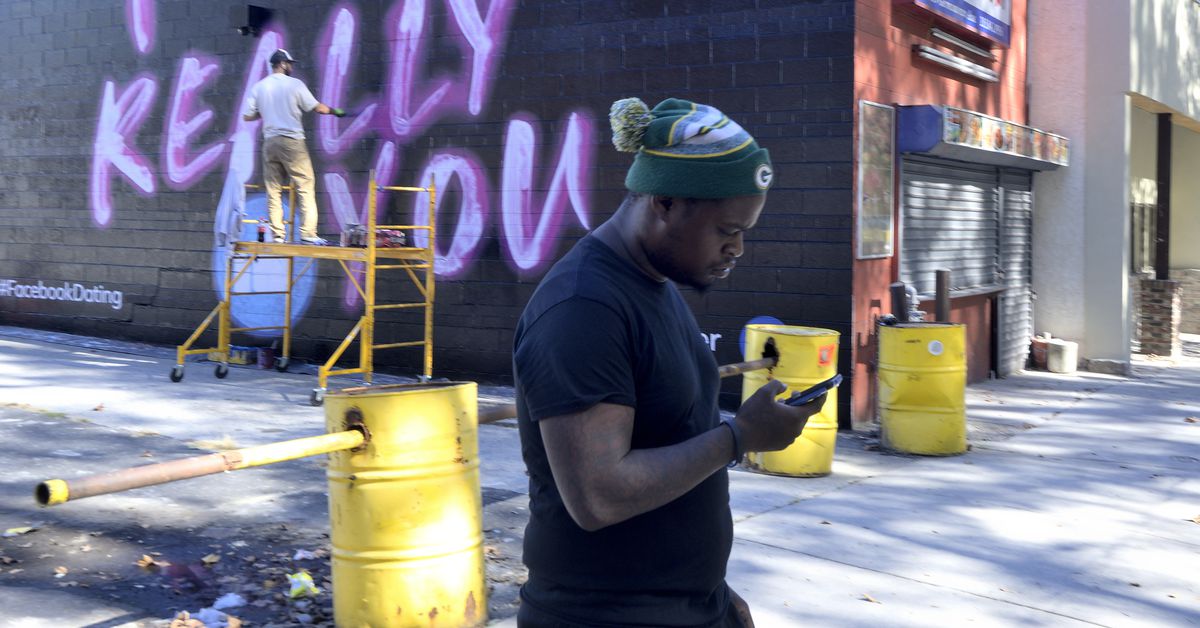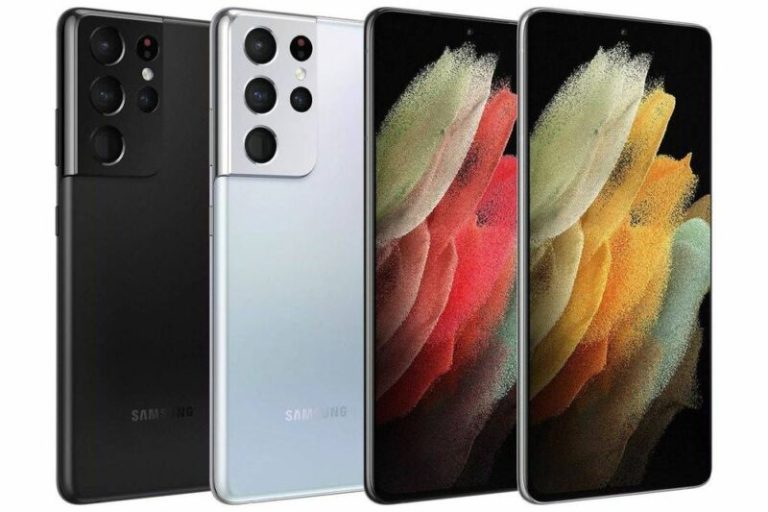
Like everything else that used to happen in person, romance increasingly happened online during the pandemic. And like everything else that had to happen online during the pandemic, it was not quite the same.
A new report from Tinder shows just how reliant people have become on online dating since the start of the pandemic — and how different it was from dating outside a global health crisis. The report used data from Tinder profiles and aggregated app activity between January 2020 and February 2021, as well as surveys of about 5,000 Tinder users. It also discussed how the launch of video chat on the app and its ensuing popularity might change how dating works forever.
The biggest takeaway was that all the activities related to online dating ratcheted up during the pandemic. Conversations on average were 32 percent longer than they had been pre-pandemic and people matched — meaning both people found the other attractive — 42 percent more. There were about 20 percent more messages per day in February of this year than there had been in February of last year. The number of swipes on Tinder broke 3 billion in a single day for the first time in March of 2020, and then proceeded to surpass that benchmark 130 more times since. And the increased use of dating apps was not isolated to Tinder. Competitors like Bumble and Hinge also saw huge growth during the pandemic.
To keep their profiles fresh for all this action, people updated their bios about 50 percent more than they did before the pandemic, with timely topics like the election, with updates about what they were streaming, and with new pictures of them wearing masks. Typically, people fill out their profile and bio and leave it, according to Jenny McCabe, Tinder’s chief communications officer, so frequent profile updates that were seen since the pandemic began represent a “very big change in consumer behavior.”
Meanwhile, Tinder bios over time read like a time capsule of quarantine. In the early days of March, people bragged about stockpiling toilet paper and hand sanitizer. Mask-wearing became a prominent bio feature in April, when the CDC finally recommended that Americans wear masks, after waffling on the issue. The words “Zoom” and “socially distant” were equally prominent on Tinder as they were everywhere else online.
Our choices of pandemic entertainment also headlined our bios last spring, with Animal Crossing and Tiger King as some of the top contenders, according to Tinder’s 2020 year in review data. Many bios at the time conjectured whether or not Carole Baskin killed her husband. Starting in August, “WAP” topped music mentioned on the platform, a distinction it held for the rest of the year. Throughout last year, people on Tinder asked their matches to send their favorite TikTok videos, reflecting that app’s overall growth in popularity during the pandemic.
More serious concerns about politics and society cropped up in people’s bios in the past year as well. In June, mentions of Black Lives Matter exploded, as much of the country took to the streets to protest police violence against Black Americans. Bio mentions of BLM grew more than 5,000 percent last year, surpassing the perennially popular term “hook-up” by the end of the year.
But perhaps the biggest change on Tinder in the past year was the innovation that came with its introduction of video. In July, Tinder introduced video chat in the app to some users and rolled it out broadly in October. About half of people on Tinder had a video chat during the pandemic, according to the Tinder survey, and more than a third said they plan to continue to use the feature when the pandemic is over. Presumably, people are also using plenty of video software outside Tinder to communicate as well.
According to McCabe, video chat has the capacity to permanently change how first dates work. People are using video to scope out their prospects and see if they are who — and are as tall as — they say they are. That’s led to first dates becoming more activity-oriented, so people can skip the small talk and move more quickly to getting to know each other. The report noted that mentions of roller skating in bios tripled during the pandemic.
And with more of the population getting vaccinated, it seems as though in-person dates are on the rise. Already in October, the share of Tinder users under 30 who hadn’t met a match in person had declined to 41 percent, down from 67 percent in May. There’s no more recent survey but several data points suggest more people are meeting up more. There’s been a large increase in Tinder users mentioning vaccines or antibodies in their bio (of course this wasn’t something people had to talk about pre-pandemic). Tinder wouldn’t disclose what share of users posted about vaccines in their bio. Mentions of “go on a date” hit an all-time high in bios in February of this year, suggesting that the future of dating is not all video.
And while video dates are certainly awkward, they may be no more awkward than video interviews or video doctor’s appointments or any of the other things we’ve had to do on screen during the pandemic. And in some ways, they represent a better, more streamlined version of dating in real life. As such, they’re likely to stick around long after the pandemic is over.






